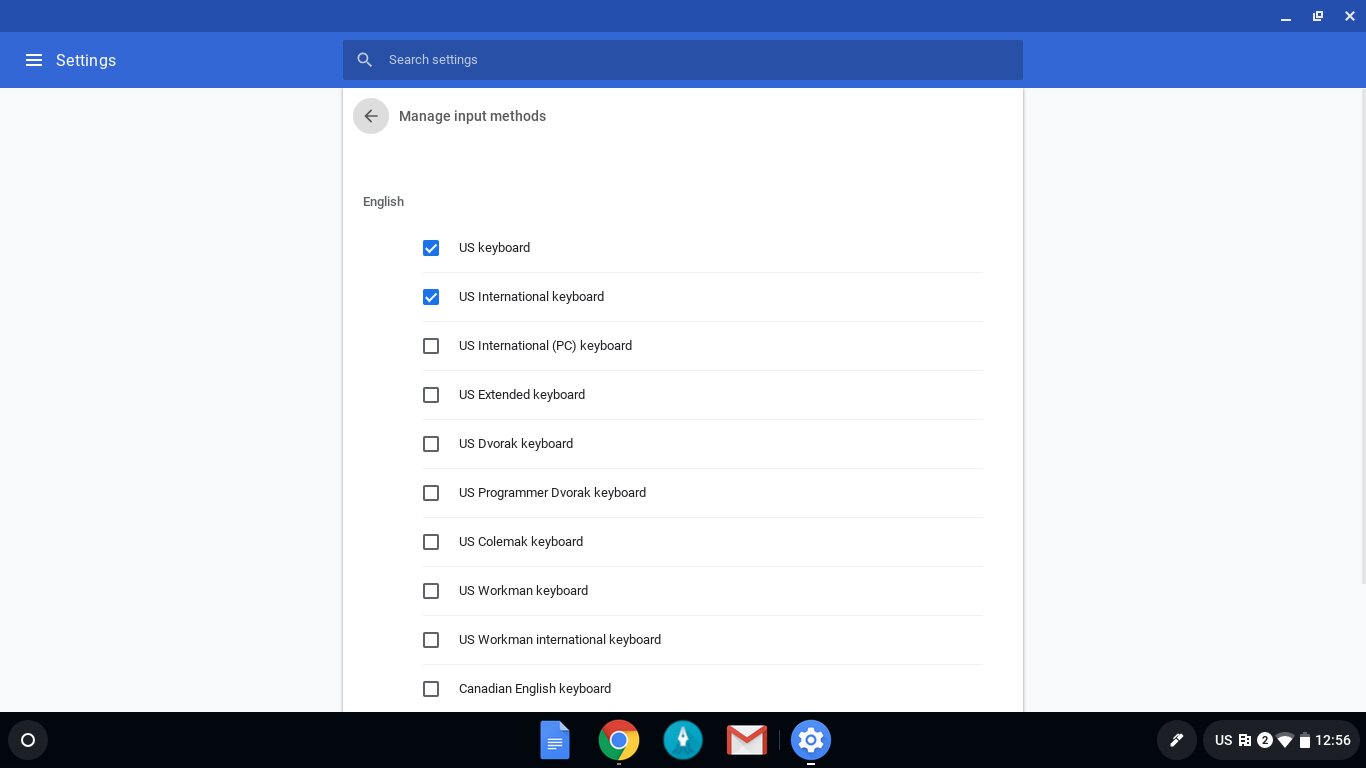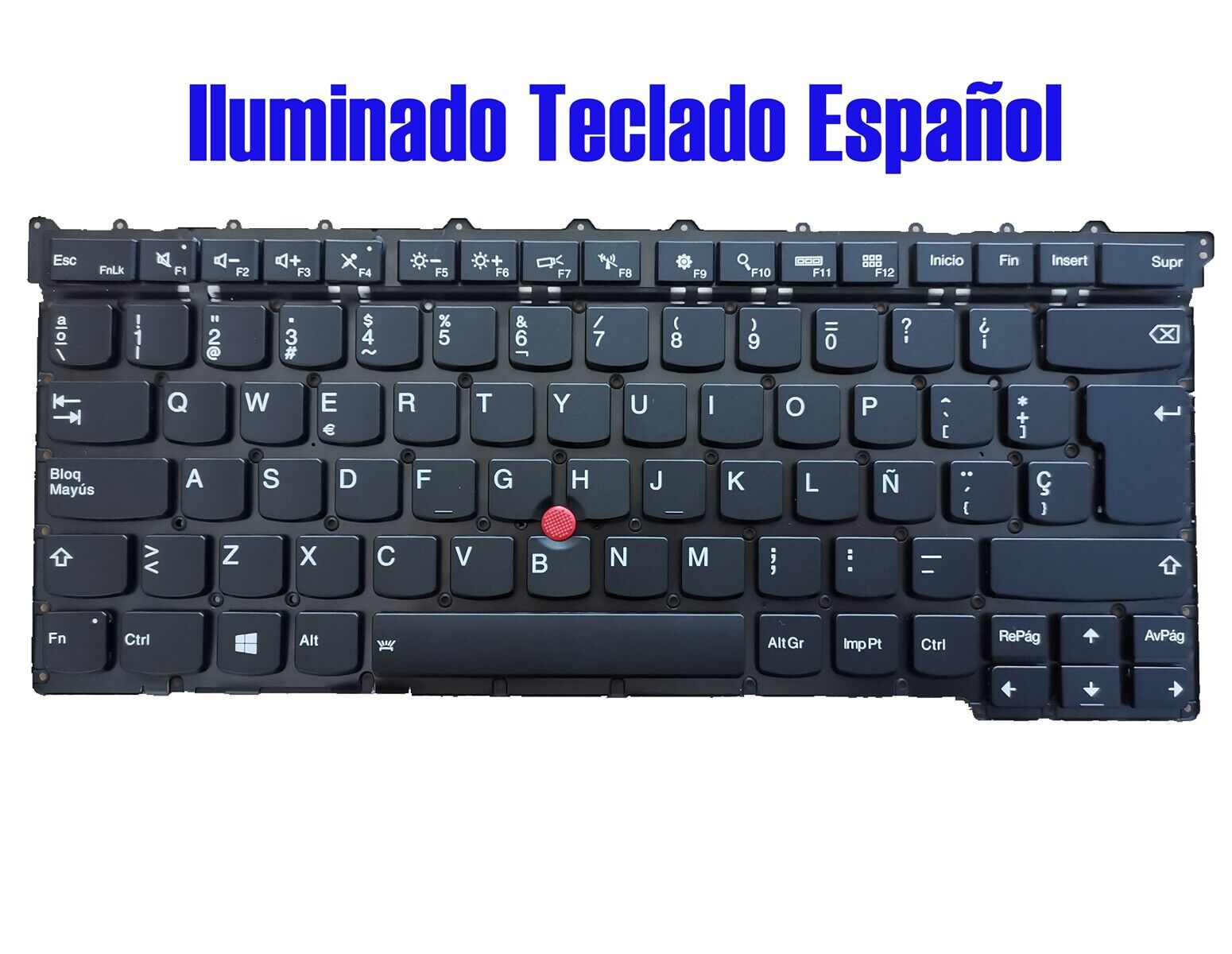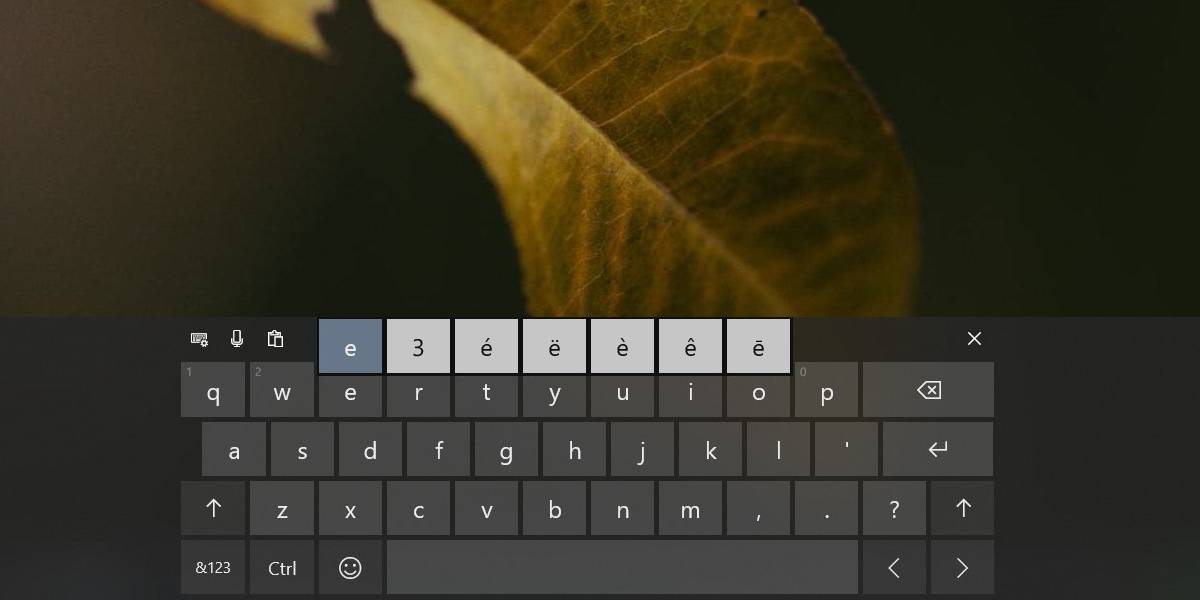Overview of Typing Accents on Chromebook
Typing accents on a Chromebook can be a little tricky, especially if you’re not familiar with the available options and shortcuts. Whether you’re a language enthusiast, a student, or a professional who frequently communicates in languages other than English, being able to type accents correctly is essential. Accents provide clarity and ensure accurate pronunciation when writing in languages such as French, Spanish, or Portuguese.
Fortunately, Chromebooks provide several convenient methods for typing accents. In this article, we will explore the various options available to help you type accents effortlessly and accurately.
One option is to use the on-screen keyboard, which allows you to click on the desired accent mark and apply it directly to the letter. This is particularly useful if you prefer a more visual and tactile approach. To access the on-screen keyboard on a Chromebook, click on the clock in the bottom-right corner of the screen, select the “Settings” gear icon, and then choose “Accessibility” followed by “Manage accessibility features.” From there, toggle on the “Virtual keyboard” option.
Another method involves using keyboard shortcuts. Chromebooks have built-in shortcuts that allow you to type accents by pressing specific key combinations. For example, to type an accent above a letter (like é or á), simply press the “Ctrl” and “Shift” keys simultaneously, followed by the desired letter. This method is quick and efficient once you become familiar with the key combinations.
If you frequently type in different languages, the international keyboard option can be incredibly beneficial. With this setting enabled, you can easily switch between various keyboards, each designed for specific languages, including accents. To activate the international keyboard, go to “Settings,” then “Advanced,” and select “Languages and input.” From there, click on “Language,” followed by “Input method,” and choose the “US International” or the keyboard that matches your language preferences.
Lastly, if you primarily work with a specific language, you may consider installing language-specific keyboard extensions. These extensions provide a customized keyboard layout that includes the necessary accent marks for a specific language. To install language-specific extensions, visit the Chrome Web Store, search for your desired language keyboard extension, and follow the prompts to install it.
Overall, typing accents on a Chromebook is achievable and doesn’t have to be a daunting task. By utilizing the on-screen keyboard, keyboard shortcuts, the international keyboard option, or language-specific extensions, you can enhance your language skills and efficiently communicate in different languages. So, go ahead and explore these options to make typing accents on your Chromebook effortless and accurate.
Using the On-Screen Keyboard
One of the simplest ways to type accents on a Chromebook is by using the on-screen keyboard. The on-screen keyboard provides a visual representation of a standard keyboard on your screen, allowing you to click on the desired accent mark and apply it directly to the letter.
To access the on-screen keyboard on your Chromebook, follow these steps:
- Click on the clock in the bottom-right corner of the screen.
- Select the “Settings” gear icon.
- Choose “Accessibility.”
- Click on “Manage accessibility features.”
- Toggle on the “Virtual keyboard” option.
Once the on-screen keyboard is enabled, you can easily select the accent mark you need by clicking on it. Then, proceed to type the corresponding letter, and the accent will be automatically applied. This method is particularly helpful if you prefer a more visual and tactile approach.
When using the on-screen keyboard, you will find a wide range of accent marks available, such as acute accents (´), grave accents (`), circumflex accents (^), and umlauts (¨). You can also find additional special characters and symbols that may be needed for specific languages or purposes.
It’s important to note that the on-screen keyboard can be resized and repositioned on your screen for maximum convenience. You can easily drag it to your desired location or adjust its size by clicking and dragging on the edges of the keyboard.
Using the on-screen keyboard eliminates the need to memorize complex keyboard shortcuts. It provides a user-friendly interface that allows you to type accents accurately without worrying about remembering the specific key combinations. This feature is particularly useful for those who are new to typing accents or prefer a more interactive approach.
Overall, the on-screen keyboard on a Chromebook offers a convenient and intuitive method for effortlessly typing accents. Whether you’re working on language assignments, composing emails, or engaging in multilingual communication, the on-screen keyboard simplifies the process, ensuring accurate accent placement with just a few clicks.
Using Keyboard Shortcuts
If you prefer a quicker and more efficient way to type accents on your Chromebook, using keyboard shortcuts is the way to go. Chromebooks have built-in shortcuts that allow you to type accents by pressing specific key combinations.
Here are some common keyboard shortcuts for typing accents on a Chromebook:
- Acute Accent (‘´’): Press the “Ctrl” and “Shift” keys simultaneously, followed by the letter that requires an acute accent. For example, to type “é,” press “Ctrl + Shift + e.”
- Grave Accent (‘`’): Press the “Ctrl” and “Shift” keys simultaneously, followed by the grave-accented letter. For example, to type “à,” press “Ctrl + Shift + `.”
- Circumflex Accent (‘^’): Press the “Ctrl” and “Shift” keys simultaneously, followed by the circumflex-accented letter. For example, to type “â,” press “Ctrl + Shift + ^.”
- Umlaut (‘¨’): Press the “Ctrl” and “Shift” keys simultaneously, followed by the letter requiring an umlaut. For example, to type “ö,” press “Ctrl + Shift + o.”
These are just a few examples, and the specific key combinations may vary depending on your language settings and keyboard layout.
Using keyboard shortcuts saves time and allows you to quickly and accurately type accents without the need to navigate menus or search for specific characters. Once you become familiar with the key combinations, typing accents will become second nature, enhancing your productivity when working with languages that require accent marks.
It’s important to note that keyboard shortcuts can vary slightly depending on your Chromebook model. If a specific shortcut doesn’t work, consult the documentation or support resources provided by your Chromebook’s manufacturer to find the correct shortcut for your device.
Experiment with different keyboard shortcuts to identify the ones that are most comfortable and efficient for you. With practice, you’ll be able to type accents seamlessly, allowing you to focus on your writing without interruption.
Remember to use the appropriate accent mark for the language you are typing in. Accurate accent usage not only ensures proper pronunciation but also enhances the overall readability and professionalism of your written work.
Typing Accents with the International Keyboard
If you frequently type in multiple languages or need to use different accent marks, enabling the international keyboard setting on your Chromebook can greatly simplify the process. The international keyboard allows you to switch between various keyboards, each designed for specific languages and accents.
To activate the international keyboard on your Chromebook, follow these steps:
- Click on the clock in the bottom-right corner of the screen.
- Select the “Settings” gear icon.
- Choose “Advanced.”
- Click on “Languages and input.”
- Select “Language.”
- Click on “Input method.”
- Choose the “US International” or the keyboard that matches your language preferences.
Once you’ve enabled the international keyboard, you can easily switch between keyboards by pressing “Ctrl + Space” on your Chromebook’s keyboard. This allows you to seamlessly transition between different language keyboards, each offering the necessary accent marks specific to that language.
For example, if you’re typing in French, you can switch to the French keyboard, which provides easy access to accents such as acute (´), grave (`), circumflex (^), and more. Similarly, if you’re typing in Spanish, you can switch to the Spanish keyboard, which includes accents like the tilde (~) and the upside-down exclamation mark (¡).
The international keyboard also allows you to type common symbols used in different languages, such as currency symbols, diaeresis (¨), and cedilla (¸). By enabling this feature, you can efficiently navigate through various language keyboards without the need to memorize specific key combinations or install additional utilities.
It’s worth noting that the international keyboard may have a slight learning curve, especially if you’re not familiar with the layout of specific language keyboards. However, with practice, you’ll become more comfortable and proficient at typing accents with ease.
Take advantage of the international keyboard feature on your Chromebook to increase your productivity and accuracy when typing accents in different languages. This option eliminates the need for excessive switching between keyboards or relying solely on keyboard shortcuts, simplifying the process of typing accents and allowing you to focus on writing and communication.
Installing Language-Specific Extensions for Accents
If you frequently work with a specific language that requires unique accent marks or symbols, installing language-specific keyboard extensions on your Chromebook can significantly enhance your typing experience. These extensions provide a customized keyboard layout tailored to your desired language, ensuring easy access to the necessary accent marks and characters.
To install language-specific keyboard extensions on your Chromebook, follow these steps:
- Open your Chrome browser and go to the Chrome Web Store.
- In the search bar, enter the name of your desired language along with keywords like “keyboard extension” or “language tools.”
- Review the available extensions and select the one that matches your language needs.
- Click on the extension to view more details and user reviews to ensure its reliability and functionality.
- Click on the “Add to Chrome” button to initiate the installation process.
- Follow the prompts provided to complete the installation.
- Once installed, the language-specific keyboard extension will be accessible from your Chromebook’s extensions menu, typically located in the top-right corner of the browser.
Language-specific keyboard extensions offer a personalized keyboard layout designed to make typing accents and special characters intuitive and efficient. They eliminate the need to memorize keyboard shortcuts or navigate complex menus to input the correct accents.
When using a language-specific extension, you’ll notice that the layout corresponds to the specific language’s standard or widely-used keyboard layout. The extension integrates seamlessly with your Chromebook’s existing keyboard, making it feel natural and familiar to type with.
Additionally, language-specific extensions often include features beyond just accent marks. They may offer quick access to special characters, punctuation, and even dictionary tools for real-time language assistance. These features can greatly enhance your language proficiency and productivity.
Before installing a language-specific keyboard extension, take some time to read user reviews and ensure its compatibility with your Chromebook model and version of Chrome. It’s also worth exploring multiple options to find the extension that best aligns with your language needs and preferences.
With a language-specific keyboard extension, you’ll be able to effortlessly type accents and special characters specific to your language, improving your language skills and effectively communicating in your preferred language on your Chromebook.

























